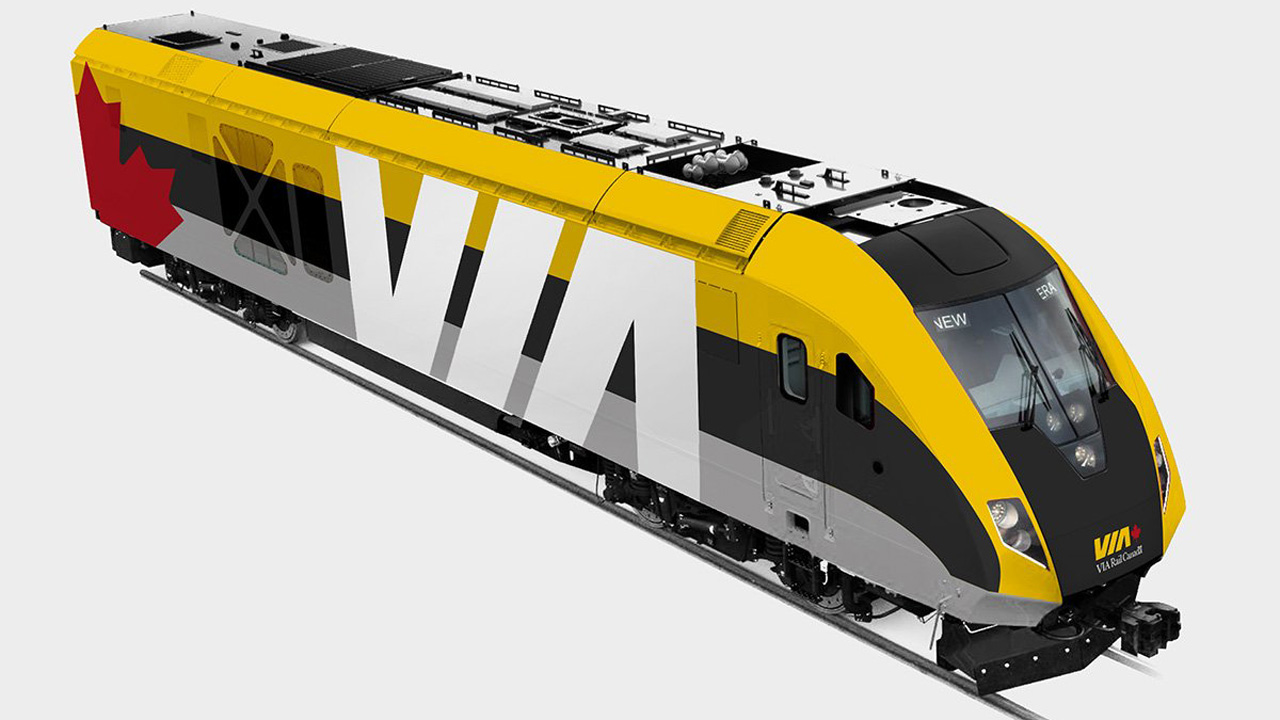frequentflyer
Conductor
- Joined
- Jun 10, 2008
- Messages
- 1,221
The Via locomotives has the better looking nose and front coupler for elephant style hook ups. Do not think its that big of an issue.Long story short. Most of the LD network that routinely operate with more than one diesel have the power for acceleration and schedule for portions of the trip. There are specific instructions regarding the use of multiple engines and it varies by train and terrain. While just about any train CAN operate with a single engine (even the auto train has done it when one of the units shuts down) the guidelines tell you where you multiple units are allowed isolate additional units and operate with one for portions of the trip.
Most train operate with two units on line for the trip.
I don't think it would be cool. I think it would be a functional nightmare not unlike the Acela. Imagine hitting something and needing to lift that nose to rescue/tow it. Even if you automate the process, those latches can be damaged by impact or be subject to power loss.
That will add to the time it takes to rescue the set. To me, that isn't worth "the look."

Last edited by a moderator:























































